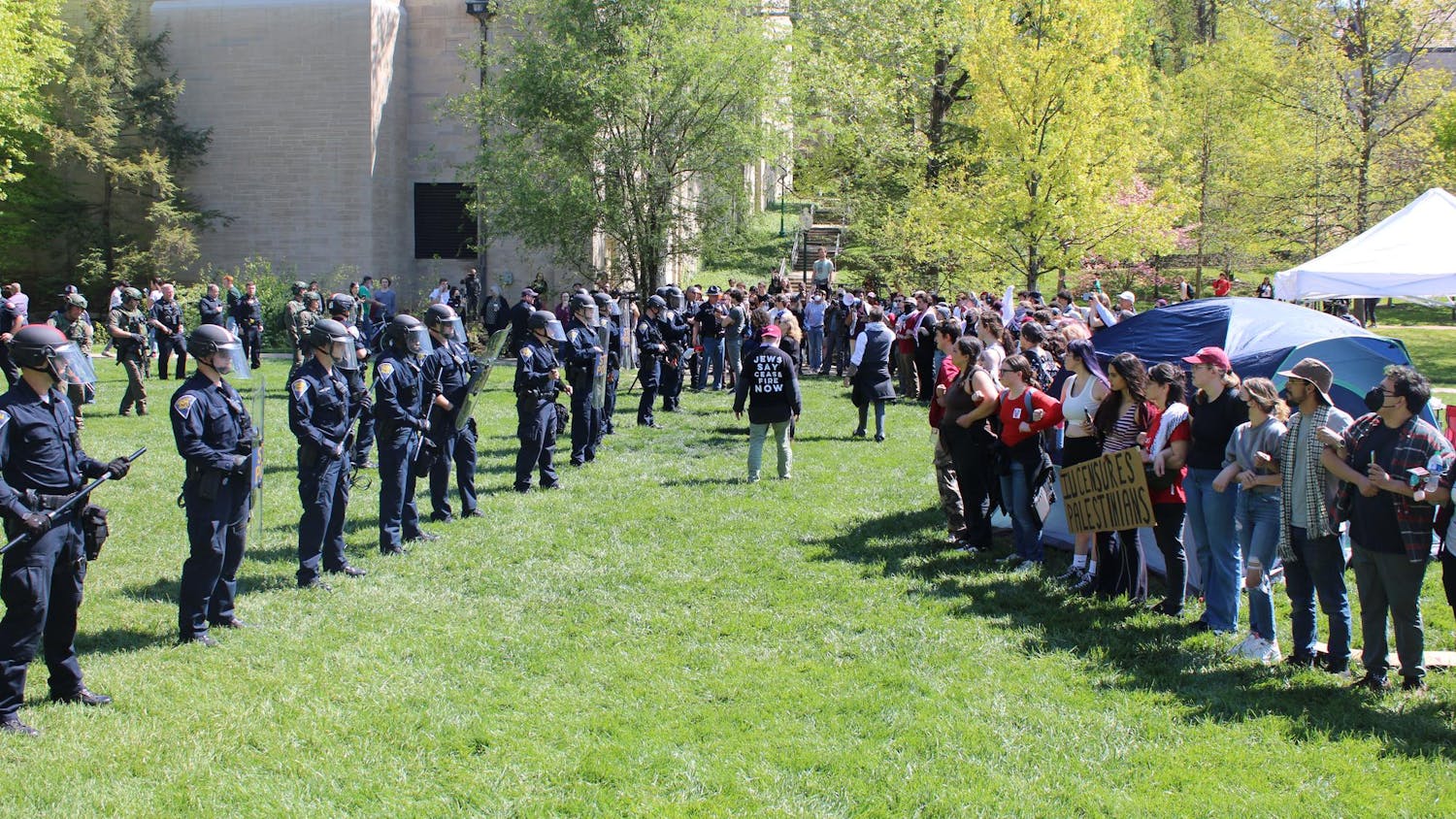In the wake of the demolition of Ernie Pyle's childhood home in mid-August, pro-preservationist Tommy Kleckner takes a "could-have, should-have, would-have" approach to saving the farmstead home in Dana, Ind.\nKleckner is the director of the western regional office of the Historic Landmarks Association of Indiana, where Pyle's home was under jurisdiction.\n"It surprised us, because we really had no knowledge (of the situation)," he said of the foundation. "We had not received a call locally ... before reading e-mails about the demolition."\nKleckner said he and his colleagues don't want to blame the farmstead's owners for the demolition, but information about preservation is always available for property owners looking to preserve landmarks like this.\nAccording to Associated Press reports, property owner Gene Goforth cited repeated vandalism and break-ins as the main reasons to let go of the home. Goforth unsuccessfully attempted to sell the land to the state.\n"Had we had the opportunity and been aware of it, we would have worked with a non-profit to see if they could raise funds (to take over the land)," Kleckner said.\nKleckner, who met Goforth years ago, said Goforth and his wife used Pyle's home as a summer residence at the time, as they lived full-time in Texas. Kleckner said Goforth had not contacted the branch about further preservation of the home since then.\nNon-profits and private owners alike can purchase landmarks for preservation and, if the property is eligible and registered as a landmark, can receive state or federal tax credit.\nKleckner said stipulations for registration as a state or national landmark follow a series of steps which can take from six months to "however long as it takes, really."\nPyle's boyhood home was not part of either the state nor national registries of historic places. It was intact at its original location in Dana, unlike the Ernie Pyle State Historic Site, a museum which was moved, and thus lost eligibility to register as a historic landmark.\n"It was very much important for (the childhood home) to stay in its rural setting," Kleckner said. "Moving it would have diminished its integrity."\nPyle, who was killed by a Japanese sniper on the Pacific island of Ie Shima in April 1945, impacted the nation through news correspondence during World War II. He won the Pulitzer Prize in 1944 as a Scripps-Howard columnist and correspondent. Decades later, he was awarded a posthumous Purple Heart. IU's School of Journalism building was named after him.\nThe Indiana Historical Society in Indianapolis has preserved many items of Pyle's, such as photographs, a letter to a colleague dated Dec. 4, 1944, a uniform and a complete representation of his book library in the William Henry Smith Memorial Library, said registrar Michael Stauffer.\nKleckner said he and his colleagues think this landmark's loss will be a signal to put more efforts into landmark restoration.\n"I hope this helps people to realize that it's important to preserve our historic resources," Kleckner said. "Because once they're gone, they're gone."\nFor more information on historic preservation in Indiana, visit www.historiclandmarks.org.
Preservationists react to loss of Ernie Pyle's home
Foundation director:Demolition could have been avoided
Get stories like this in your inbox
Subscribe





